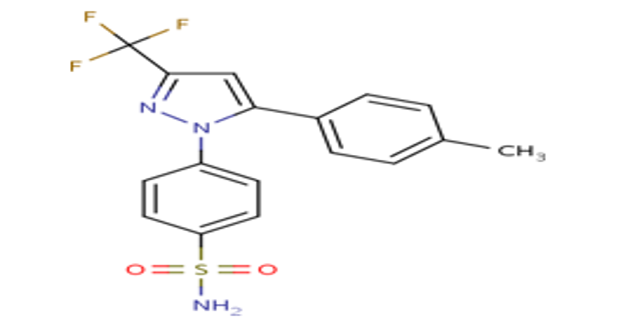Abstract
Celecoxib is a non-steroidal anti-inflammatory drug (NSAID) used in the treatment of osteoarthritis, rheumatoid arthritis, acute pain, painful menstruation and menstrual symptoms, and to reduce numbers of colon and rectum polyps in patients with familial adenomatous polyposis. Formulation is considered appropriate when no interactions drug-excipient or excipient-excipient occur. In this sagacity, devising a quick and accurate method to evaluate and choose the best excipients for stable dosage forms constitute, a real achievement in the preformulation stage. Recently by the application of thermal analytical techniques at the drug-excipient compatibility stage of development of solid dosage form has increased enormously. The intention of the present work was to study the compatibility of Celecoxib drug substance with the excipients employed in colon target release capsule preformulation by adopting Differential scanning calorimetric (DSC) study and Fourier transform Infra red spectrophotometric study (FTIR). Based on the DSC results Celecoxib was found to be compatible with excipients succinic acid, ethyl cellulose, eudragit-E100, hydroxyl propyl methyl cellulose, carboxy methyl ethyl cellulose. FTIR was used as supportive techniques for the analyses.
Full text article
Authors

This work is licensed under a Creative Commons Attribution-NonCommercial-NoDerivatives 4.0 International License.

